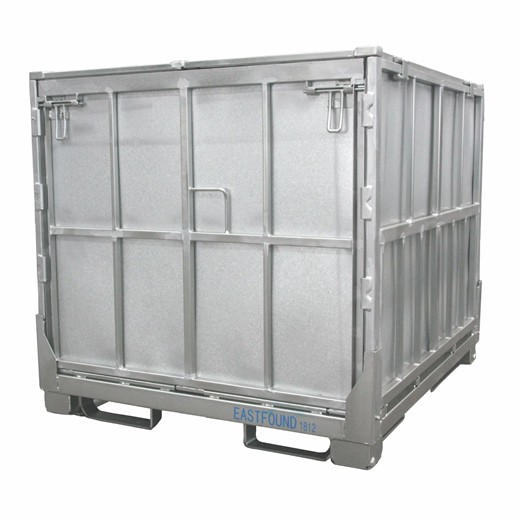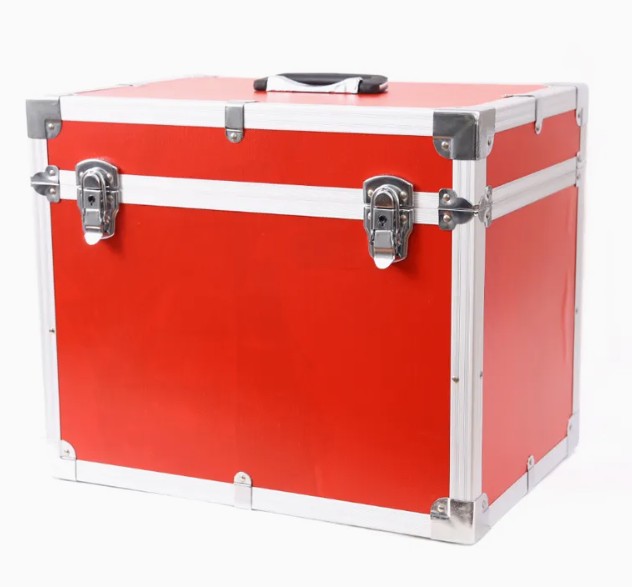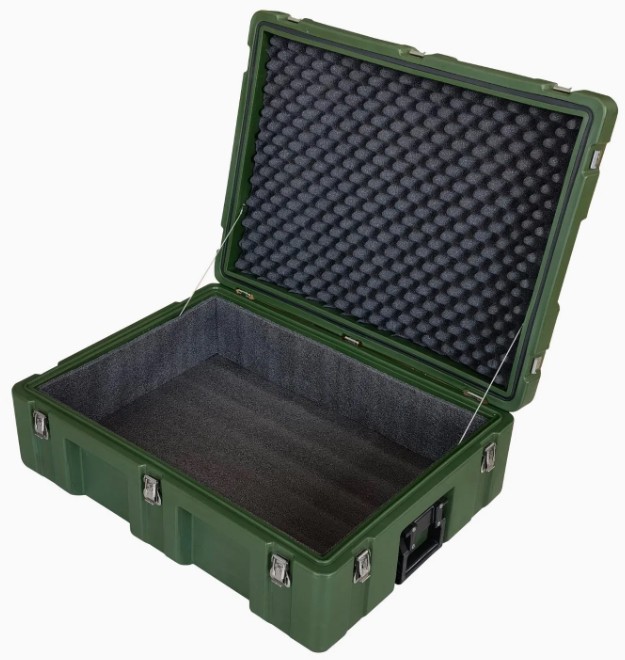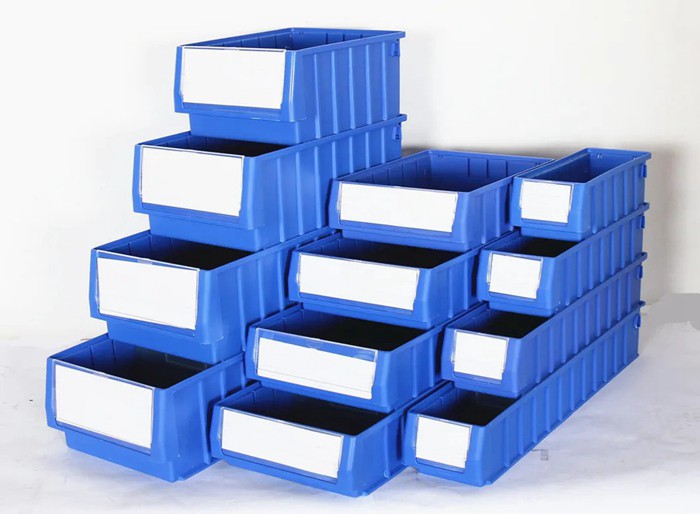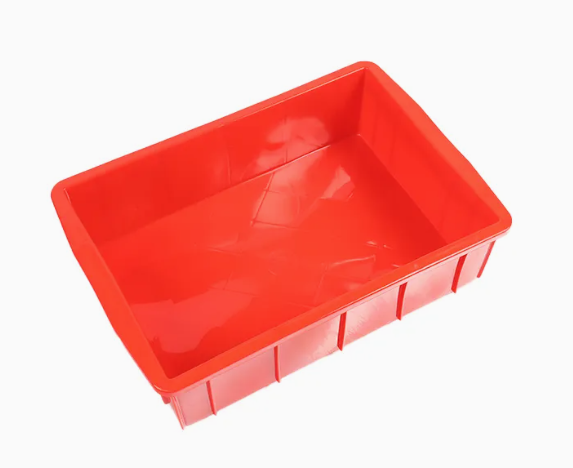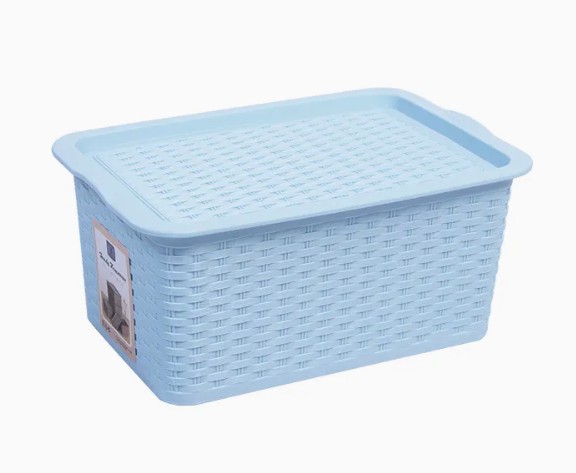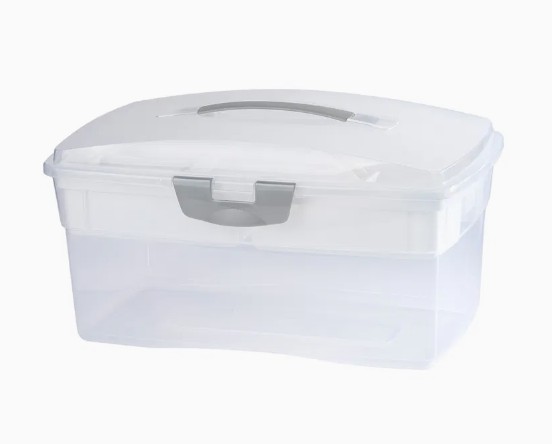Welcome!






The Ultimate Guide to Plastic Containers: Versatile Storage Solutions for Every Need
Basic Info
| Origin | China | Raw Material | HDPE | Specification | HDPE |
|---|---|---|---|---|---|
| Transport Package | Standard Export Packing | Useage | Container | ||
Product Description
When it comes to organizing, storing, and preserving a variety of items, plastic containers stand out as one of the most practical and adaptable options available. Whether you're managing a bustling commercial kitchen, sprucing up your home pantry, or looking for durable storage for travel or outdoor activities, plastic containers offer unmatched convenience and efficiency. This comprehensive overview explores the key features, advantages, and practical applications of plastic containers, equipping you with the knowledge to choose the best options for your needs.

What Are Plastic Containers and Why Are They Popular?
Plastic containers are versatile, lightweight, and durable vessels made from various types of plastics. Designed with varied shapes, sizes, and sealing mechanisms, these containers are perfect for storing food, liquids, small household items, and even industrial materials. Their popularity stems from their affordability, reusability, and the ability to be manufactured in a multitude of designs suited for different purposes. They combine transparency with robustness, allowing users to easily identify contents without opening each container.

Core Features and Benefits of Plastic Containers
1. Durability and Longevity: Unlike glass or metal, high-quality plastic containers resist breaking, cracking, or shattering, making them ideal for everyday use, outdoor activities, or environments with active children. They withstand varying temperatures and impacts, increasing their lifespan.
2. Lightweight and Portable: One of the biggest advantages is their lightweight nature, which makes them easy to carry and transport. This feature is especially valuable for catering, picnics, or storage on the go.
3. Airtight and Leak-proof Designs: Many plastic containers come with airtight seals and locking lids, providing an effective barrier against air, moisture, and contaminants. This significantly extends the freshness and shelf life of stored food or preserves sensitive items from environmental damage.
4. Chemical Resistance and Food Safety: High-grade plastics used in food containers are often BPA-free, non-toxic, and resistant to stains, odors, and chemicals. This ensures safety and hygiene in food storage.
5. Cost-effective and Reusable: Compared to other packaging materials, plastic containers are economical and designed for repeated use, reducing waste and long-term costs.

Common Applications and Use Cases
Plastic containers serve a broad spectrum of needs, including:
1. Food Storage: Keeping raw ingredients, leftovers, or pre-prepared meals fresh in refrigerators or freezers.
2. Meal Prep and Portioning: Dividing large quantities into manageable portions for households or catering services.
3. Organizational Solutions: Storing small office supplies, crafts, or hardware in homes and workplaces.
4. Travel and Outdoor Use: Lightweight and durable, ideal for camping, picnics, or travel.
5. Industrial and Commercial Storage: Handling liquids, chemicals, or small components in factories and warehouses.

Frequently Asked Questions (FAQs) about Plastic Containers
Q1: Are plastic containers safe for microwave use?
Many modern plastic containers are microwave-safe, but it's essential to verify the labeling. Containers designed for microwave use typically have symbols indicating they can withstand heat without melting or releasing chemicals. Always avoid heating plastic containers not intended for microwave use to prevent health hazards.
Q2: How do I clean and maintain plastic containers?
Most plastic containers are easy to clean-simply wash with warm soapy water and rinse thoroughly. For stubborn stains or odors, baking soda or vinegar solutions work well. Avoid using abrasive scrubbers that might scratch the surface, and never put damaged containers in the microwave or dishwasher if they lack safety ratings.
Q3: Can plastic containers be recycled?
Recyclability depends on the type of plastic used, often indicated by a recycling symbol on the bottom. Check local recycling guidelines, as many plastic containers can be recycled, reducing environmental impact.
Q4: How long do plastic containers typically last?
With proper care, high-quality plastic containers can last several years. However, over time, frequent washing, exposure to extreme temperatures, or physical damage may compromise their integrity, making replacement advisable.
Q5: Are plastic containers suitable for storing liquids?
Yes, especially those with airtight and leak-proof lids. They are excellent for liquids such as soups, smoothies, or sauces, provided the container is sealed tightly and designed for liquid storage.

Making the Right Choice
Choosing the ideal plastic container depends on your specific needs, including size, sealing mechanism, and intended use. For food storage, opt for BPA-free, microwave-safe, and dishwasher-friendly options. For organizational purposes, stackable and modular designs maximize space efficiency. Consider the environment and aim to prioritize reusable and recyclable models to promote sustainability.
In Conclusion, plastic containers are an essential component of modern storage solutions. Their versatility, affordability, and resilience make them suitable for countless applications from the kitchen to the workplace and beyond. By understanding their features and benefits, you can select the right types to enhance your organization, preserve freshness, or transport items safely all while enjoying sustainability and peace of mind.
Recommended Products
Recently Viewed
 The Ultimate Guide to Plastic Containers: Versatile Storage Solutions for Every Need
The Ultimate Guide to Plastic Containers: Versatile Storage Solutions for Every Need Versatile Plastic Containers: The Essential Storage Solution for Every Need
Versatile Plastic Containers: The Essential Storage Solution for Every Need A Guide to Selecting Multi-functional Plastic Storage Containers
A Guide to Selecting Multi-functional Plastic Storage Containers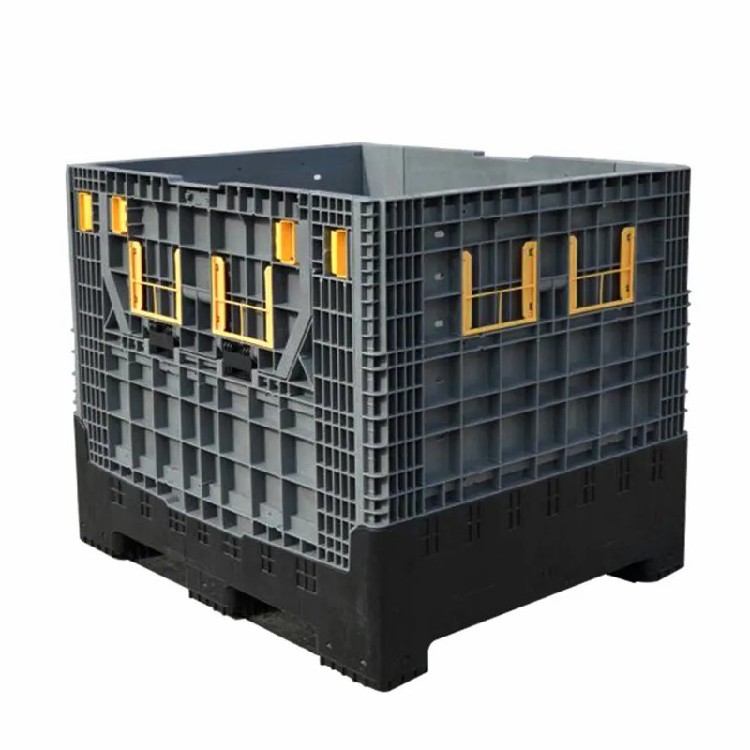 How To Choose The Right HDPE Box Container
How To Choose The Right HDPE Box Container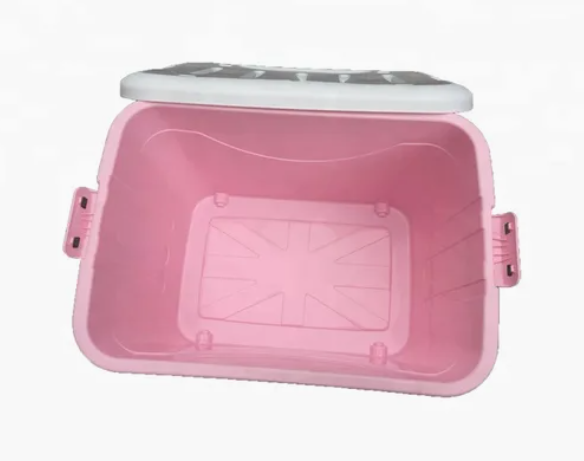 The Ultimate Guide to Plastic Containers: Versatile Solutions for Every Need
The Ultimate Guide to Plastic Containers: Versatile Solutions for Every Need
Contact Us
Hangzhou Costar Trade Co., Ltd




